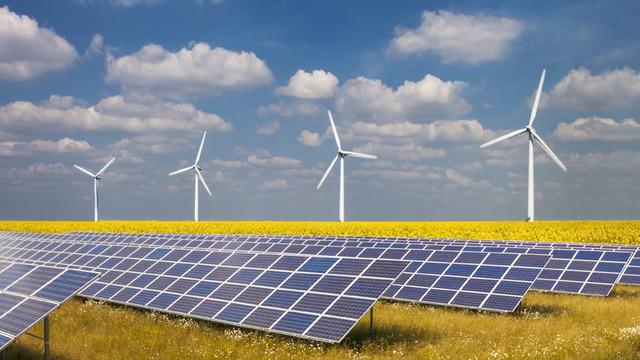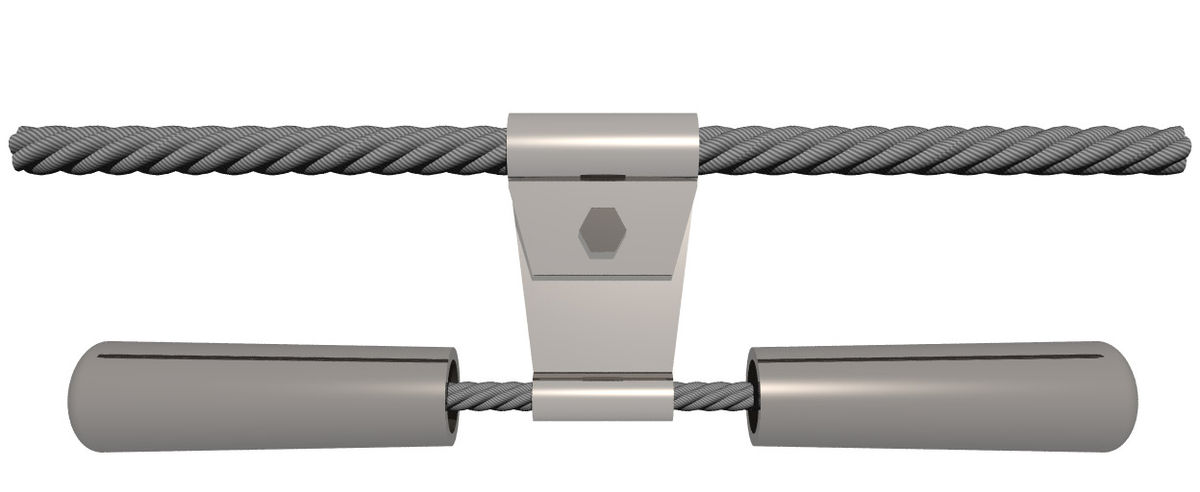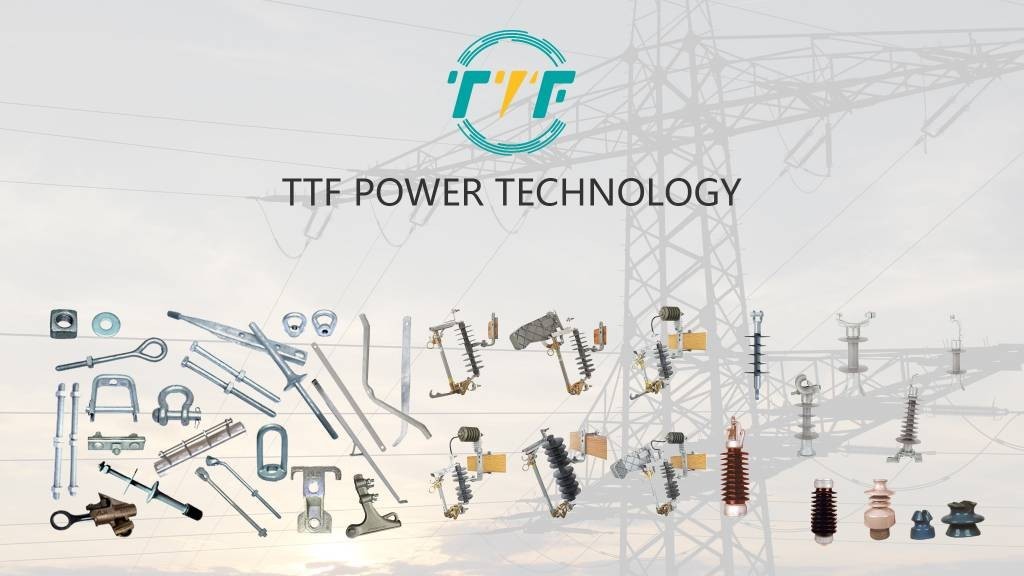
Peru’s energy sector must be modernized to promote long-term development, economic growth, and environmental protection. Peru can use its enormous natural resources to modernize and improve its energy sector. This involves emphasizing renewable energy, strengthening infrastructure, and guaranteeing fair access. These programs attempt to address rising clean energy demand while lowering greenhouse gas emissions. Peru’s transition to renewable energy sources such as solar, wind, and hydro can improve energy security and cut sensitivity to fuel prices. Modernizing Peru’s electrical grid with greener technology helps the country meet its climate objectives. This helps to reduce carbon emissions and deforestation. Peru can develop job opportunities in engineering, building, and maintenance by increasing its investments in modern energy infrastructure. Additionally, incorporation of smart grids, energy storage, and digital monitoring can improve reliability, reduce losses, and integrate intermittent renewables. Stockbridge dampers improve the reliability and efficiency of the transmission and distribution infrastructure.
Stockbridge dampers are used on overhead electricity wires to decrease vibrations produced by wind and horses. The dampers help to avoid conductor fatigue and breakages, which reduces power outages. Stockbridge dampers extend the longevity of transmission cables and towers. This lowers maintenance expenses and unplanned downtime. This is critical, as Peru seeks to improve long-term reliability. These dampers maintain a steady power flow by eliminating excessive conductor oscillations, which is critical for connecting remote renewable plants. They also contribute to grid stability by reducing line breakdowns during severe winds. Their implementation addresses Peru’s need for inexpensive, incremental grid enhancements.
Stockbridge helps modernize Peru’s energy system.
Stockbridge dampers are mechanical vibration absorbers that connect to overhead electricity lines. They reduce aeolian vibrations, or low-amplitude, high-frequency oscillations induced by wind. Vibrations can cause conductor fatigue, broken fittings, line sagging, and structural failure. Stockbridge dampers improve the dependability, longevity, and safety of its growing power transmission network. Here are the roles of the dampers in Peru’s expansion plans.

- Expanding high-voltage transmission lines—Peru’s modernization efforts include long-distance transmission lines to integrate new renewable energy plants. Stockbridge dampers ensure the long spans remain stable and efficient to reduce the risk of outages due to mechanical fatigue.
- Enabling renewable energy integration—Stockbridge dampers maintain the tension integrity of conductors exposed to constant coastal winds. They also reduce maintenance costs and unscheduled downtime.
- Improving grid reliability—the dampers are able to withstand diverse environmental conditions to stabilize Peru’s growing grid. A resilient grid is crucial for rural electrification and industrial power supply.
- Extending infrastructure lifespan—Stockbridge dampers increase the lifespan of transmission cables and towers. They reduce maintenance costs and downtime.
Improving openness and competitiveness in Peru’s resilient energy sector.
A robust energy sector creates the groundwork for open government, fair competition, and fair economic prosperity. As Peru develops its resilience, it will establish a cleaner, more efficient, more fair system. Investors, consumers, and communities will enjoy these initiatives. Peru can build a robust, sustainable, fair, transparent, and dynamic energy sector. Stockbridge dampers improve transmission reliability, reduce outages, and promote renewable energy development in Peru. Here’s how a resilient energy market improves transparency and competition in Peru.

- Improved transparency—a resilient energy system uses digital technologies like smart meters and real-time monitoring platforms. These enable accurate tracking of energy generation, usage, and losses. They also enable public access to performance data and transparent billing. For instance, smart meters allow consumers to track their own usage.
- Reduced corruption and regulatory capture—a resilient energy system reduces corruption. This leads to fair procurement processes for energy projects, transparent allocation of subsidies, and enhanced oversight of infrastructure contracts. A digitalized grid can flag anomalies automatically in energy flows.
- Local and decentralized markets—resiliency includes mini-grids, off-grid solutions, and distributed renewable energy systems. Localized systems reduce dependence on centralized authorities, empower local entrepreneurs, and promote price transparency.
- Lower energy costs—a resilient energy sector reduces outages, technical losses, and maintenance delays. This reduces the cost of energy delivery to allow energy providers to compete on price and service quality.
- Increased investments—increased resilience in energy systems encourages public utilities, private firms, and foreign investors to take part in energy generation and distribution. A stable system allows investors to have equal access to infrastructure and markets, and no single operator can monopolize grid access.
